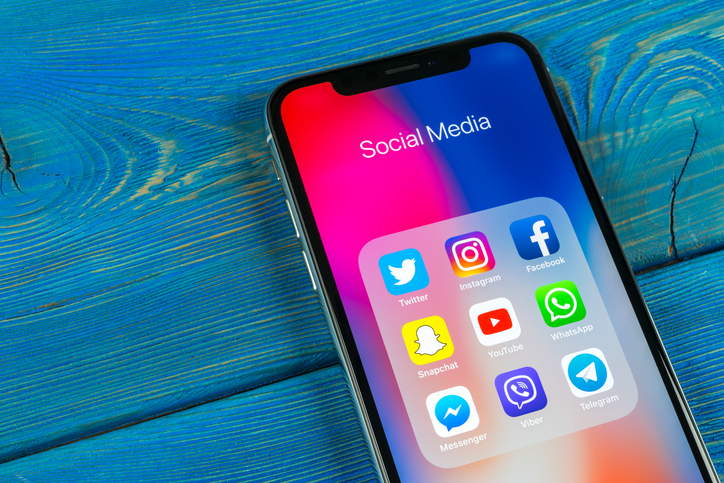<< Back
Kids, Social Media and Body Image

September 21, 2018
Raising teens to have a positive body image isn’t easy. And it seems to have become more complicated in the age of Snapchat and Instagram, where selfies can be filtered to perfection. Plastic surgeons have even reported that patients are visiting their practices with filtered social media images and asking to have surgery to reflect their social media ideal.
The phenomenon even has an informal name: Snapchat dysmorphia.
As inhabitants of a social media world, its easy to see why teens in particular may look at these doctored social media images and start to question why their changing bodies don’t look like that. Self-doubt begins to take hold.
What’s a parent to do?
Talking to your kids about body image is a great start says Dr. Laura Saunders, a child and adolescent psychologist at Hartford Hospital’s Institute of Living.
“What’s really important is that we convey to our children – our daughters and our sons – that people come in all shapes and sizes,” Dr. Saunders said. “Focus more on the qualities that one has: caring and kindness and doing the right thing. We care more about someone’s qualities and not just how they look. Those are things we want to teach both genders of children.”
Much has to do with not just what we as parent say, but also what we do.
“What’s really important is that we’re not saying (about ourselves), ‘Oh, I should have smaller arms. I should have a smaller waist. I wish I lost 30 pounds.’ It doesn’t mean we can’t try to be healthy. But the more we put ourselves down, or the more we use language that makes it seem like only perfect, thin-looking women are valuable, the more we convey that to our children. We need to be good role models,” Saunders sai.
Focusing on talking about and modeling healthy behaviors is a better way to focus the message for kids.
“Eating healthy, acting healthy, making good decisions, and exercising. Those are healthful behaviors,” Saunders said. “We want to focus more on behaviors and not so much on body image.”
The idea of media influencing body image is not new, Saunders notes, but is different today than it ever has been.
“This has been going on for decades. When I was growing up, it was about ‘Barbie’s not a real woman.’ She does not have an attainable body. And it was also the images on Vogue and Cosmopolitan. All those models who were beautiful and thin already and then airbrushed even more to have this unattainable idea of what women were supposed to look like. They were the ones that were lifted up. But now the problem is that it’s in social media. Ours kids are inundated with it. And it’s these Instagram vloggers. Everybody can Photoshop themselves.”
Dr. Laura Saunders is a child and adolescent psychologist at Hartford Hospital’s Institute of Living.